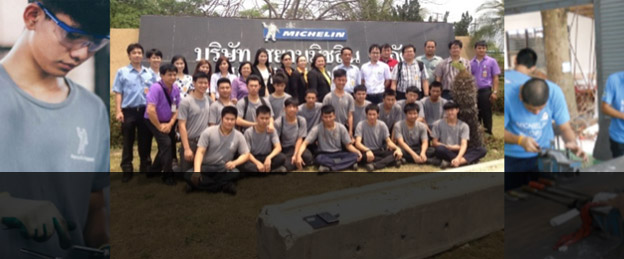Full issue 9
ASEAN has gradually developed into an increasingly dynamic and competitive region economically. TVET aims to prepare learners for a labour market and society persistently undergoing rapid change. As a result, Technical and Vocational Education and Training (TVET) has to develop its objectives, systems and didactical concepts further.
It is widely anticipated that the involvement of industry in TVET will lead to an improved and advanced quality of TVET programmes. This, in turn, is directly related to the modern requirements of the labour market and specific concepts of workplace orientated learning. Furthermore, new didactical approaches explore and develop the workplace as a learning venue that aims at goal-oriented competence development. The successful organization of modern learning arrangements in TVET and beyond depends on a close cooperation and coordination of the various learning environments.



